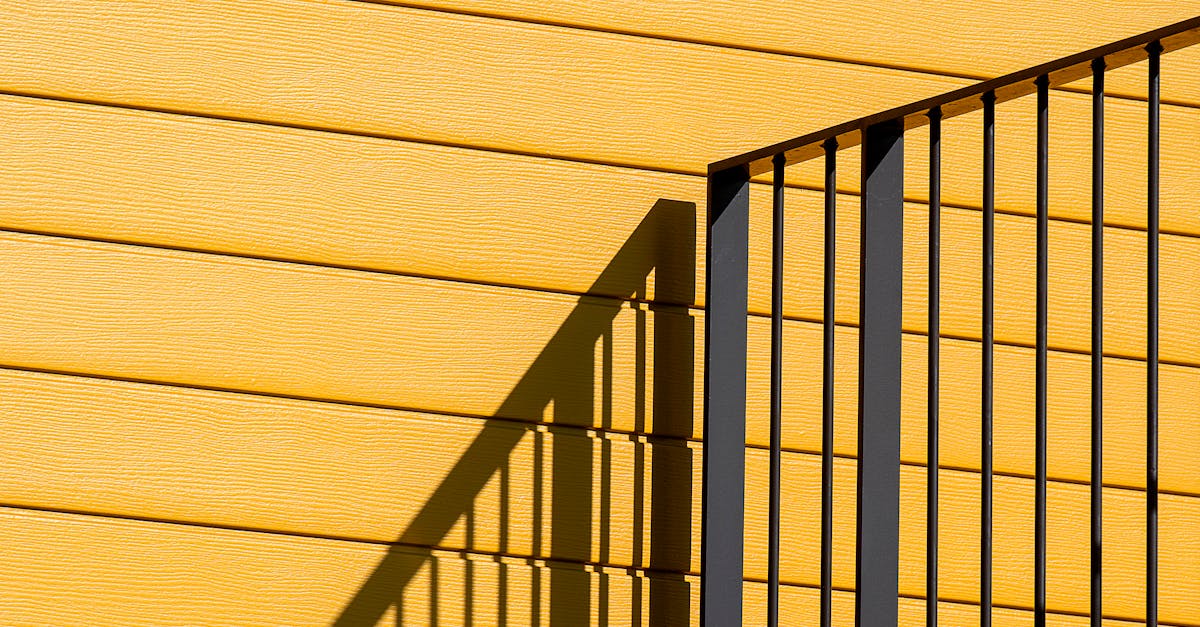
Passive House Design Principles for Maximising Energy EfficiencyPrivacy Policy
Table Of Contents
Flooring and Roofing Solutions for Passive House Design
When considering flooring and roofing solutions for passive house design, it is important to select materials that offer both thermal insulation and durability. Opting for sustainable flooring options such as bamboo, cork, or reclaimed timber can not only contribute to a healthier indoor environment but also reduce the overall environmental impact of the building. These materials are known for their insulating properties, helping to maintain a comfortable temperature inside the passive house throughout the year.
Cool roofing solutions play a crucial role in enhancing the energy efficiency of passive houses. By choosing reflective roofing materials that reduce heat absorption, passive house owners can minimise the need for cooling systems during hot weather. Additionally, incorporating green roofs or roof gardens can further improve insulation and provide an aesthetically pleasing element to the passive house design. Prioritising sustainable and energy-efficient choices for flooring and roofing can significantly enhance the overall performance and comfort of a passive house.
ks, showers, and washing machines, which can be treated and reused for non-potable purposes like irrigation and toilet flushing. By recycling greywater within the building, passive houses can further decrease their overall water consumption, promoting a more sustainable and eco-friendly approach to water usage. Implementing greywater recycling systems not only conserves water but also helps to minimise the strain on local water resources, making it a valuable strategy for achieving water efficiency in passive house design.
Rainwater Harvesting and Greywater Recycling
Rainwater harvesting and greywater recycling are essential practices for achieving sustainability in passive house design. By capturing rainwater from roofs and storing it for later use, homeowners can reduce their reliance on municipal water sources. This not only conserves water but also helps in reducing utility bills. Greywater recycling involves treating wastewater from sources like sinks and showers to be reused for purposes such as flushing toilets or watering gardens. This closed-loop system minimises water wastage and maximises efficiency within a passive house setting.
Implementing rainwater harvesting and greywater recycling systems requires careful planning and consideration during the design phase of a passive house. The size of the storage tanks, filtration systems, and distribution methods all play a crucial role in the effectiveness of these sustainable water practices. Proper maintenance and regular inspections are necessary to ensure that the systems work efficiently and effectively in conserving water resources. By incorporating rainwater harvesting and greywater recycling into passive house designs, homeowners can significantly reduce their environmental impact and create a more sustainable living environment.
FAQS
What is a Passive House design?
A Passive House design is an energy-efficient building design approach that focuses on maximising energy efficiency and reducing the building's ecological footprint through meticulous planning and construction techniques.
How does flooring and roofing solutions impact Passive House design?
Flooring and roofing solutions play a crucial role in Passive House design by providing insulation, thermal mass, and airtightness to the building envelope, thus contributing to its energy efficiency.Passive House Builders Adelaide
What are sustainable flooring and cool roofing options for Passive House design?
What are some water efficiency practices in Passive House design?
Water efficiency practices in Passive House design include rainwater harvesting systems for irrigation and toilet flushing, as well as greywater recycling systems to reduce the overall water consumption and promote sustainability.
Related Links
The Importance of Airtightness in Achieving Energy Efficiency in Passive HousesUnderstanding Thermal Mass and Its Impact on Energy Efficiency in Passive Houses
The Impact of Passive House Appliances on Energy Efficiency and Overall Performance
Passive House Lighting Design for Energy Efficiency and Visual Comfort
Passive House Heating and Cooling Strategies for Energy Efficiency and Comfort